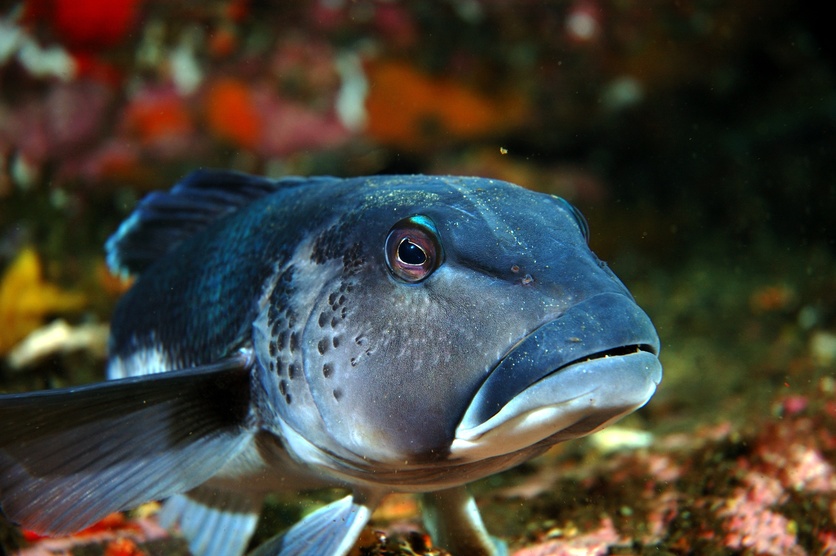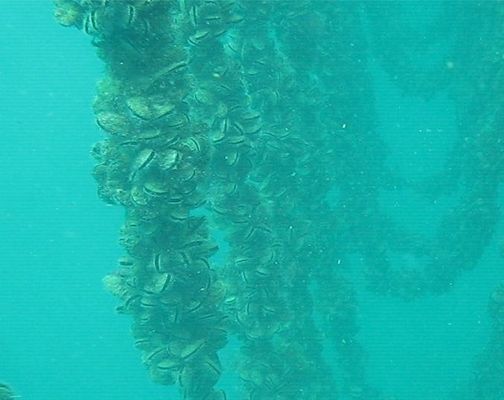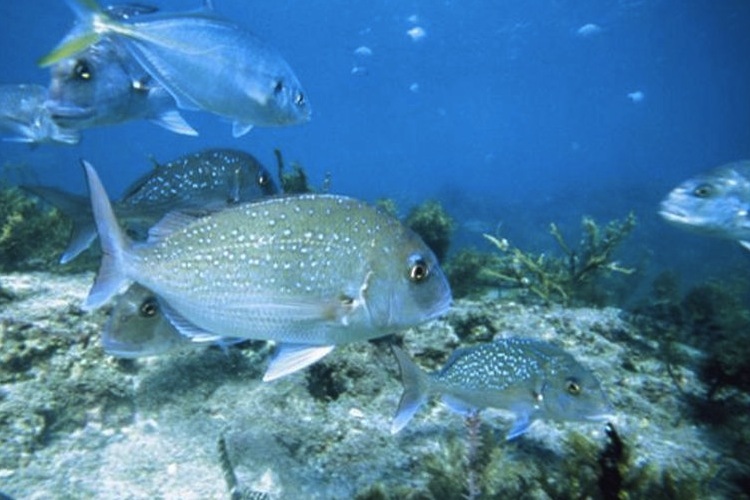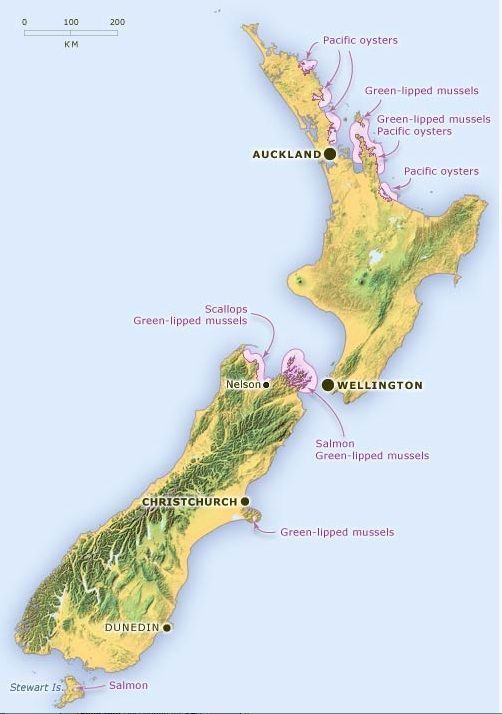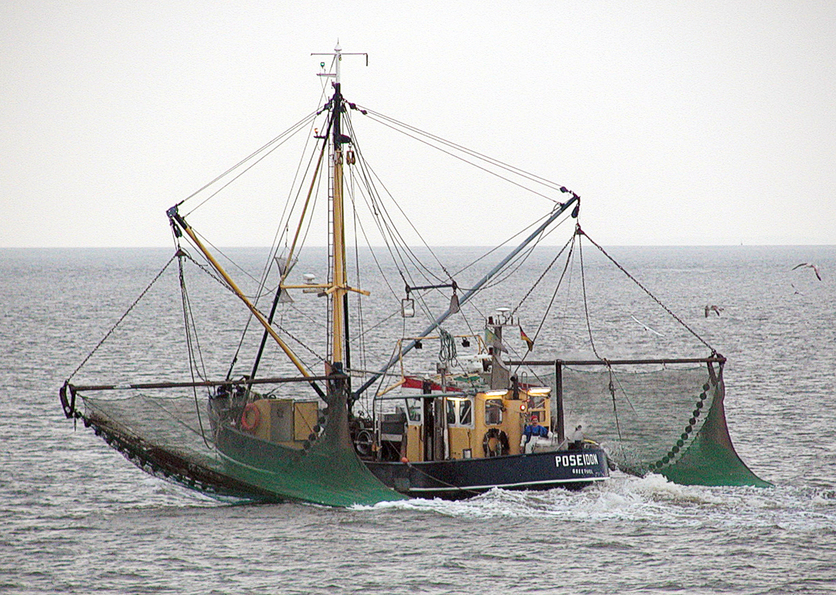Fishing is a very important industry in New Zealand, and we have one of the largest territorial waters in the world. This timeline provides a look at some of the historical aspects of fisheries in New Zealand.
Pre-1800s – Polynesian and Māori settlements
Fish and shellfish are an important food source for early Polynesian and Māori settlements. Bones and shells found in middens throughout the country are evidence of this early use of the coastal environment for food.
1800s – European settlers arrive
European settlers initially rely on pigs, sheep and cattle as well as imported cured, salted and canned fish for food. They name many New Zealand coastal fish species after those at home, such as cod and herring.
Late 1800s – First fishing settlements
European immigrants establish fishing settlements in New Zealand, and targeted species include blue cod, snapper and crayfish. Refrigeration is not yet available so the fishers rely on curing and smoking to preserve their catch.
1877 – Fish Protection Act
The first legislative attempt to regulate fisheries and restrict net mesh sizes in New Zealand.
1890 – Frozen fish
The first load of frozen fish is exported to Sydney by ship.
1890 – Collapse of early oyster fishery
Oysters are a successful early export and shipped overseas in their millions. By 1890, the fishery has been overexploited and suffers a collapse.
Early 1900s – Introduction of trawling
Trawling (where a net is dragged along the sea floor) is introduced, but until the 1950s, fishing in New Zealand remains dominated by small owner-operated vessels, using small lines and set nets, supplying local needs.
1930 – Changes due to refrigeration
Improvements in refrigeration sees growth of the export industry. For the first time, fishing becomes a licensed activity and the government restricts the number of vessels.
Late 1950s – Arrival of foreign vessels
At this stage, New Zealand’s territorial waters extend to only 3 nautical miles offshore. Large foreign vessels start to exploit New Zealand’s fish stocks.
Late 1960s – Marine aquaculture starts
Mussels are the first trial species, grown on ropes suspended from rafts in the Hauraki Gulf and the Marlborough Sounds.
1960s–1970s – Increased export industry
The fisheries export industry continues to grow in New Zealand. The major companies are Sanford, Sealord and Wattie’s, and shellfish and crayfish dominate the exports.
1970s – Fishing industry expands
The territorial waters around New Zealand are extended from 3 to 12 miles. Combined with new technologies and larger fishing vessels, this boosts the fishing industry.
1973 – United Nations Conference
The Third United Nations Conference on the Law of the Sea establishes exclusive economic zones (EEZ) for the waters around each coastal nation. The zone extends 200 miles offshore. New Zealand has the fourth largest EEZ in the world.
1975 – Fish exports reach 14,000 tonnes
New Zealand’s fish exports are growing rapidly.
1977 – First marine reserve established
New Zealand’s first marine reserve is established at Cape Rodney – one of the first marine reserves in the world where fishing of all kinds is prohibited. Marine reserves provide a safe haven and nursery for marine life.
1981 – Fish exports reach 129,000 tonnes
New Zealand’s fish exports continue to expand.
1986 – Quota management system introduced
The QMS is based on a total allowable catch and allocates quotas to individuals and companies that permit them to harvest a set amount of a particular species. Quotas can be leased, bought, sold or transferred.
2000 – Total allowable catch
Total allowable catch in New Zealand waters is set at 672,000 tonnes.
2004 – Best Fish Guide published
The Royal Forest and Bird Protection Society (NZ) publishes the first version of the Best Fish Guide to help consumers to make more sustainable choices when purchasing seafood. The 2017 version is the last time this was published.
2004 – Marine biosecurity
Responsibility for marine biosecurity is moved to MAF. MAF aims to prevent the introduction of unwanted marine organisms that might threaten our fishing industry and marine ecosystems. In 2012 MAF was merged into the Ministry for Primary Industries (MPI).
2004 – Te Ohu Kaimoana established
Te Ohu Kaimoana is established to oversee the settlement of all Māori commercial fishing assets. Approximately 50% of the assets are held centrally, and the rest are allocated directly to tribes based on coastline length and tribal populations.
2006 – Growth of aquaculture
Aquaculture now makes up about 20% of the total fisheries in New Zealand and is dominated by mussels, oysters and salmon. Aquaculture New Zealand is formed to represent the sector and promote growth.
2008 – Total allowable catch reduced
Total allowable catch in New Zealand waters set at 586,000 tonnes.
2009 – Fishing in New Zealand
Eight fishing companies control 80% of production, 2,200 individuals and companies own quota valued at $3.5 billion, and over 1,500 commercial fishing vessels are registered in New Zealand.
2014 – Sustainable Seas National Science Challenge
The Ministry of Business, Innovation and Employment lauches the Sustainable Seas National Science Challenge. Its purpose is to enhance the value of New Zealand's marine resources while ensuring they are safeguarded for future generations.
2021 – The future of commercial fishing in Aotearoa New Zealand report
This report released in March 2021, took over a year to compile by the Office of the Prime Minister’s Chief Science Advisor and aims to identify ways we can fill knowledge gaps, increase our understanding of the marine environment, and ultimately take a more holistic approach to fisheries management.

